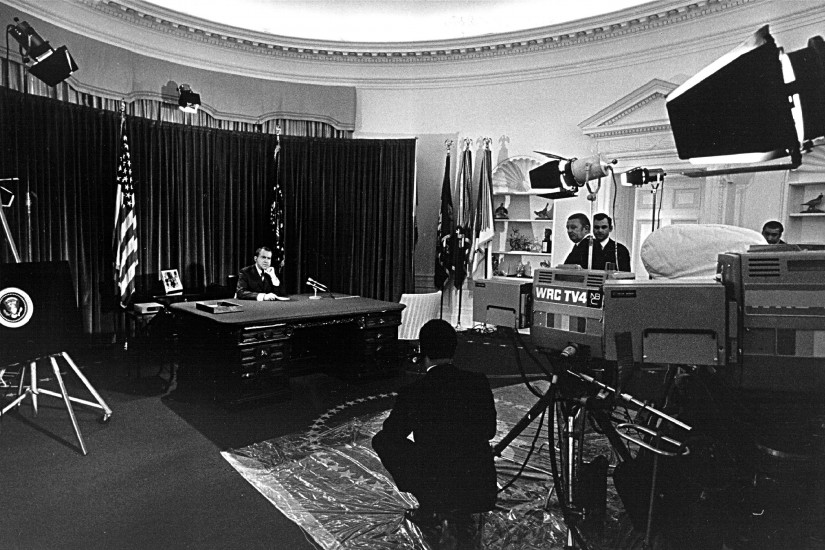Will President Trump attempt to reinstate federal rules that require balance in political news coverage?
After two early-morning tweets on Tuesday excoriating “Fake News Media” and “RIGGED” Google searches, including a pledge to end what he claimed was the suppression of conservative voices, Trump sounds like his administration might pursue some form of media regulation that mandates balance, like the “fairness doctrine” that the Federal Communications Commission once followed. White House economic adviser Larry Kudlow says the administration is “taking a look” at whether Google searches should be regulated to address Trump’s worries.
And if Trump does push for new regulations of the media and the Internet, history suggests the right will rally around him.
Conservatives, in fact, used to argue in favor of mandating political balance in media, even though they’ve spent the last two decades ardently opposing it. Since the 1990s, the right has seen the fairness doctrine as a specter of government censorship, a tool used by the left to silence conservative voices. Trump, though, has taken to the idea of forcing political balance — defined as pro-Trump versus anti-Trump voices — on mainstream news sources. His targets aren’t just specific networks or programs that are under fire, either; he’s going after entire platforms like Google, Twitter and Facebook. Trump’s tweets suggest that he thinks those platforms need a new fairness doctrine, too.
The fairness doctrine was initially established in 1949 in an attempt to ensure that broadcasters, who were granted government licenses to use public airwaves, would not engage in propaganda — a genuine fear just five years after the end of World War II. Broadcasters were required to provide balanced coverage of controversial issues, even if they had to give away free airtime to do so. For most of the 1950s and 1960s, conservatives opposed it. They believed then that because right-wing ideas like abolishing Social Security were considered inherently controversial, the fairness doctrine had a “chilling effect,” causing stations to black out such ideas altogether.
Right-wing anger over biased election coverage is nothing new — conservatives were furious over coverage of the Barry Goldwater campaign in 1964. In the 1970s and 1980s, though, as conservatism became an increasingly powerful force in American politics, a number of prominent conservatives came out in favor of the fairness doctrine they had long opposed. What had changed? The 1968 election, which put Richard Nixon, a friend to right-leaning media, in the White House. With their hands suddenly on the levers of federal power, the right began to see the doctrine as a way of bringing more conservative voices and ideas into national broadcasts.
